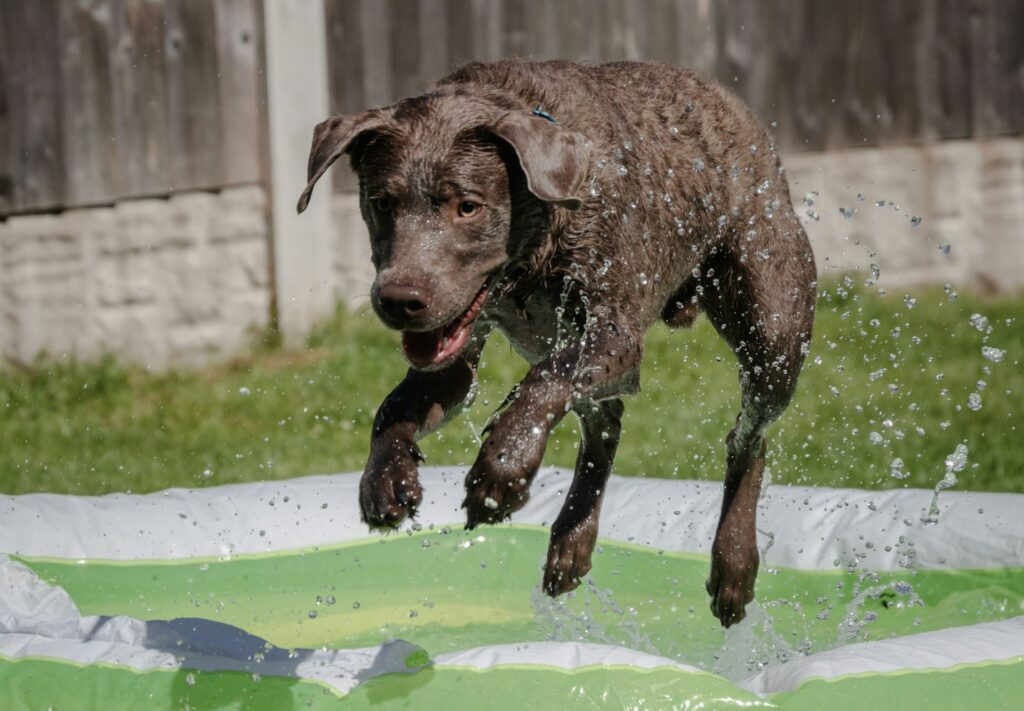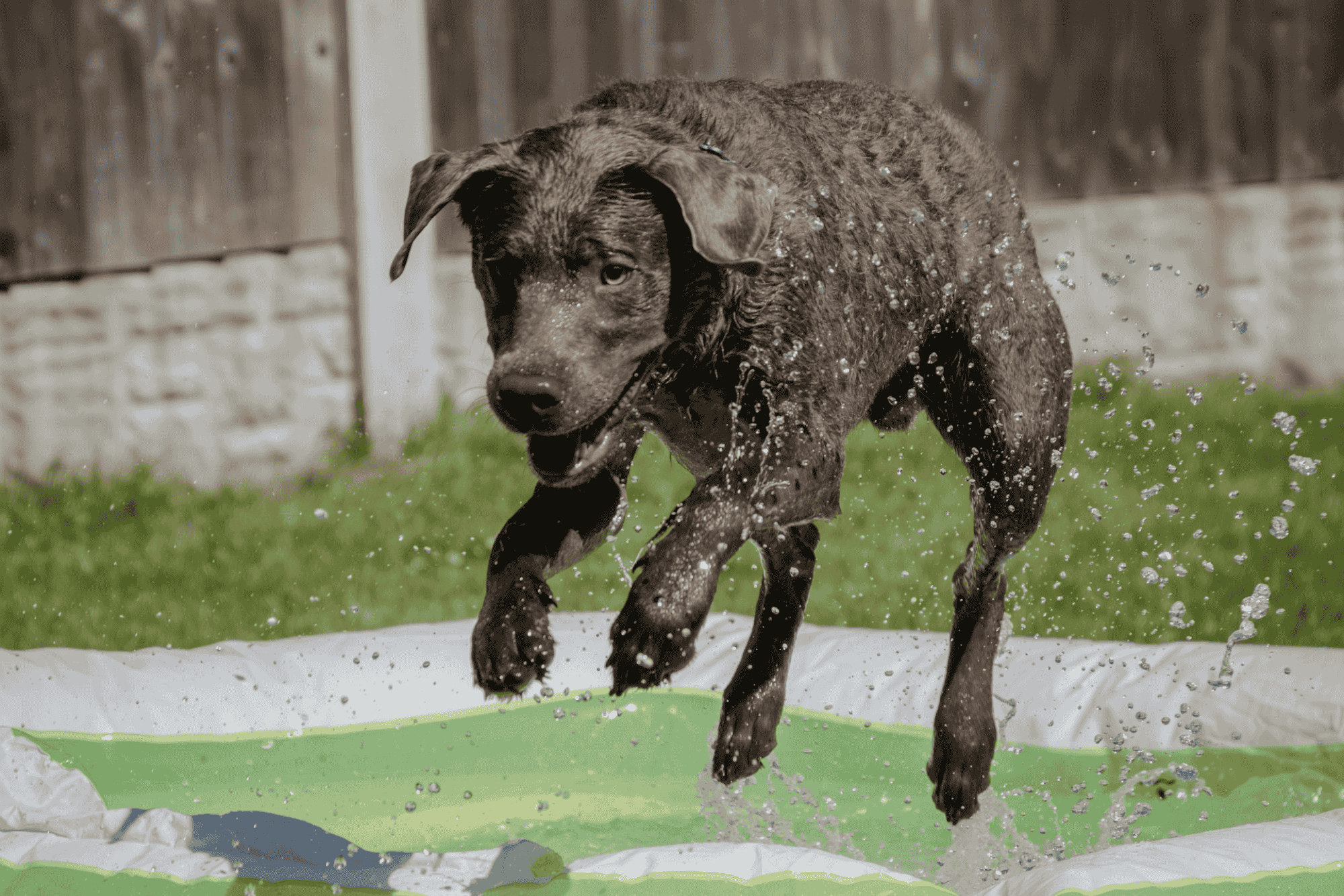How Often Should You Bathe Your Dog is one of the most common questions pet owners ask, and for good reason. Bathing your dog too frequently can strip away essential oils, while bathing too rarely can lead to odors, dirt buildup, and even skin problems. The right bathing schedule depends on your dog’s breed, coat type, lifestyle, and health needs. In this guide, we’ll share 7 expert tips to help you determine the perfect balance, so your furry friend stays clean, comfortable, and full of tail-wagging happiness. So make sure to follow all the tips wisely and improve your dog’s health and its overall happiness.
How Often Should You Bathe Your Dog ?

Quick Bathing Frequency Guide by Coat Type
| Coat Type | Recommended Frequency | Special Notes |
|---|---|---|
| Hairless | Weekly | Moisturize after each bath |
| Short-haired | Every 2–3 months | Brush weekly to reduce shedding |
| Double-coated | Every 6–8 weeks | Focus on de-shedding more than bathing |
| Long-haired | Every 4–6 weeks | Condition to prevent matting |
| Corded | Every 2–3 months | Long drying time; maintain cord hygiene |
1. Bathing vs. Grooming: What’s the Difference?
While grooming should happen regularly—ideally once a week for nail trimming, ear cleaning, and coat brushing—bathing frequency is more variable. Bathing too often can strip away natural oils, causing dry, itchy skin. Bathing too infrequently can lead to unpleasant odors, excess oil buildup, and even skin infections.
For many dogs, the “happy medium” is anywhere from once a week to only a few times a year, depending on coat type, lifestyle, and health.
2. Coat Type Matters
Your dog’s coat is one of the biggest factors in determining how often should you bathe your dog:
- Hairless breeds (Xoloitzcuintli, Chinese Crested) often require weekly baths to protect exposed skin.
- Long-haired breeds (Collies, Afghan Hounds) may need less frequent bathing but regular brushing to prevent tangles.
- Double-coated breeds (Labradors, Huskies) often benefit more from de-shedding sessions than frequent baths—every 6–8 weeks is usually fine.
- Corded coats (Puli, Komondor) surprisingly require less bathing once cords are established, though drying takes extra time.
💡 Tip: Research your breed’s grooming needs before adopting so you know what to expect.
3. Factor in Health Conditions
If your dog has skin problems, allergies, or other health concerns, your vet may recommend a specialized bathing schedule.
- Medicated shampoos may require more frequent baths.
- Dogs with dry skin may need fewer baths and a moisturizing shampoo.
- Using the wrong product can worsen symptoms, so always get a vet’s recommendation.
If you notice redness, flaking, or changes in your dog’s coat texture, it’s best to check with your veterinarian before making changes to their bathing routine.
4. Seasonal Bathing Needs
The time of year can affect how often should you bathe your dog:
- Summer & humid months: More frequent baths may be needed to remove sweat, dust, pollen, and allergens.
- Swimming season: Rinse with fresh water after every swim, but a full shampoo is only needed if they smell or develop skin irritation.
- Winter: Dogs may get less dirty, but skin can become dry—opt for moisturizing formulas.
Parasites like fleas and ticks are more common in warmer weather, so medicated baths may be part of your seasonal care.
5. Age and Activity Level
Age plays a big role in how often you should bathe your dog:
- Puppies tend to get into everything, so they might need more frequent baths.
- Active adult dogs who spend a lot of time outdoors will need baths more often than indoor dogs.
- Senior dogs are often less active and may need fewer baths—but might require extra help if they have trouble grooming themselves.
For seniors with incontinence or mobility issues, daily wipes and spot-cleaning can help maintain hygiene between baths.
6. Lifestyle Considerations
A city apartment dog with limited outdoor time will stay cleaner longer than a farm dog who rolls in mud daily. If your dog plays in dirt, swims in ponds, or attends dog parks, their bathing needs will be higher.
Quick wipe-downs after outdoor activities can reduce the need for a full bath and help maintain a healthy coat.
7. Choosing the Right Products
Even if you know how often should you bathe your dog, using the wrong products can cause problems.
- Pick a pH-balanced, sulfate-free dog shampoo.
- For sensitive skin, use oatmeal-based or hypoallergenic formulas.
- Avoid human shampoos—they can disrupt your dog’s skin pH.
For long-haired breeds, a conditioner can help prevent tangles and keep coats shiny.
So, my friend, when it comes to how often should you bathe your dog, there’s no one-size-fits-all answer—it’s all about finding the sweet spot that keeps your pup’s coat clean, skin healthy, and tail wagging. Pay attention to their breed, activity level, and any skin sensitivities, and you’ll quickly figure out a routine that works best. Remember, bathing is more than just cleaning—it’s a chance to bond, relax, and show your dog some extra love. Now, go grab that dog shampoo and make bath time a happy time!

